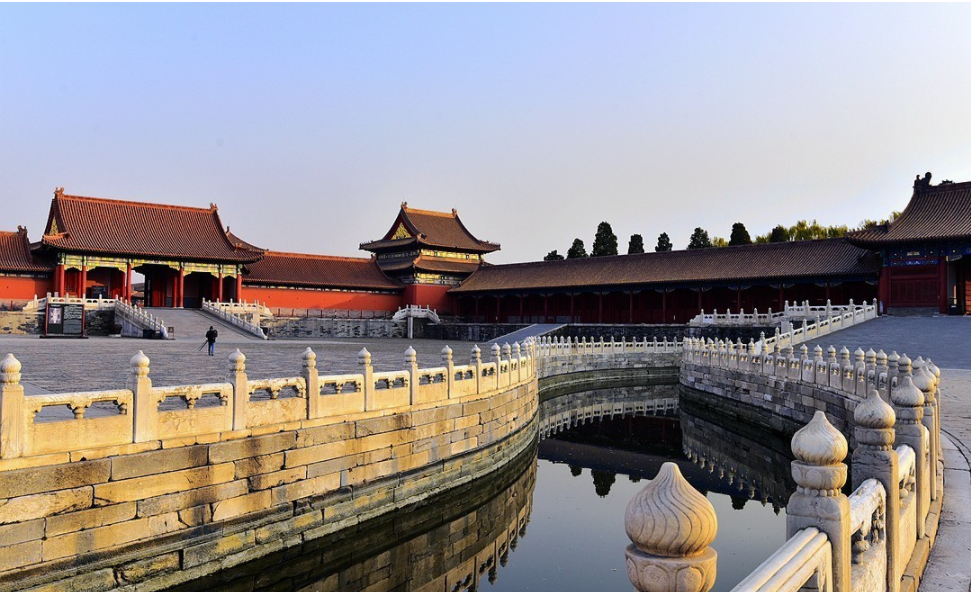
Coming to Celebrate a Special Spring Festival in Forbidden City

The splashy event kicked off at Beijing’s Forbidden City on Sunday the first day of the 12th lunar month, when Chinese traditionally kick off a series of celebrations and prepare for what they consider to be the most important festival of the year.
The exhibition is the first time the public will be able to enjoy and participate in the traditional lunar New Year celebrations at the palace.
Shan Jixiang, director of the Palace Museum, said that in recent years, more and more Chinese have celebrated the Spring Festival in the museum and celebrated the lunar New Year in different ways.
The Chinese character “Fu”, which means good luck and blessing, as written by five Qing emperors, were unfolded to the public.
In addition, there is a rare opportunity to see the Qianlong emperor’s handwriting in the Spring Festival couplets displayed in the hall of Mental Cultivation.
In addition to an unprecedented display of 885 royal antiques, the Palace Museum has used its largest space to recreate the royal celebration of the Spring Festival.
The Forbidden City has been decorated with festive decorations to provide visitors with an immersive entertainment experience.
The activities are divided into six parts, including “Auspicious Invocation”, “Filial Sacrifice”, “Imperial Kinship”, and “Winter Recreation”, comprehensively introduce the royal etiquette, historical celebrations, and festival culture.
Auspicious poetry couplets and pictures of the patron saint are posted on doors and gates as part of the New Year tradition.
For the first time in the past two centuries, lanterns decorated the halls and corridors of the palace, reflects the unique characteristics of imperial court festival.
“How to ring out the past days and ring in the new year is a constant topic for all the Chinese, no matter in ancient times or nowadays,” said Shan, stressing that “the meaning behind the royal customs and ceremonies during the festival is much more profound” as it not only observes domestic affairs but showcases the prosperity of the country.











